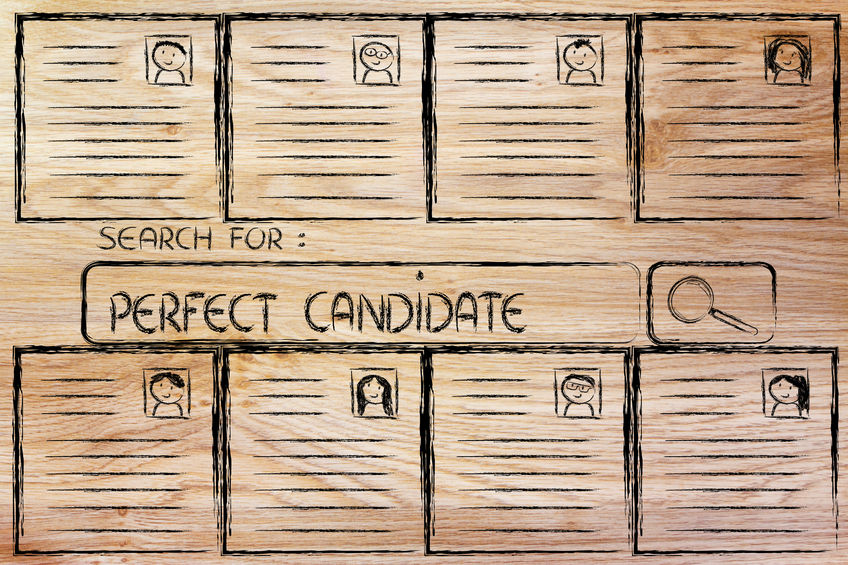In my years as an HR leader and as a career coach I have seen my fair share of resumes. Unfortunately, many of them have been bad. They may include mistakes or not include results. They may have too many words that tell me too little. To avoid these pitfalls and make a great first impression, consider these questions as you prepare your resume.
Have I included searchable keywords? This is a necessary question in our technological world. Since most companies use technology to conduct the first screen for applicable resumes for a job, this is a key step in building your resume. As you do so, remember to include words that link back to words in the job posting, are industry-specific or are common leadership traits. If you are stuck for words to use, conduct a quick search. I found over 50,000 resources related to keywords for resumes in a recent search.
Is there enough white space on the page? A resume is designed to communicate information. If the information is squeezed onto a page with .5 margins and small spaces between paragraphs, it is likely that the resume will feel overwhelming to the reader and not be seriously considered. Additionally, when there are clear margins and spaces, studies show that comprehension improves.
You may also choose to use bullet points, indentations or other organizational methods to highlight key elements of your experience. These formatting techniques add to the white space on your resume and have the added benefit of organizing important content for the reader.
Is there too much information on the page? This question goes hand-in-hand with the previous question. As long as the information you provide is clear, less is more. The resume is not the place to provide your job description. It is the place to provide pertinent data that can be applied to the job description of the role for which you are applying. When you try to squeeze every result and job description into your resume, you are often compelled to minimize spacing. This creates a visually un-compelling resume that has more information than the reader needs.
Will the reader know what I can deliver? A resume’s purpose is to create interest in the impact you could make in a company, not to provide your whole career story. Include information that very clearly identifies specific results that you have achieved and that will be meaningful to this potential employer. The fact that you have had P & L responsibilities is not nearly as interesting as the fact that you were able to improve revenue by 9% and margins by 5%. With this accomplishment, include a brief outline of skills or activities that drove your success.
If the reader only looked at the top third of my resume, would (s)he know the key reasons I am a fit for the job? There are several ways to do this, but make sure that your resume “headline” includes a clear target job title, such as HR Executive or Senior Marketing Manager. In a short paragraph or bullet points, list key skills, experiences and/or accomplishments. You may also include your personal branding statement here.
Answer these 5 questions in the affirmative and you can put your best job-search foot forward with a well-thought out resume that is easy to read (by a human or a machine) and full of applicable information and measurable results.





